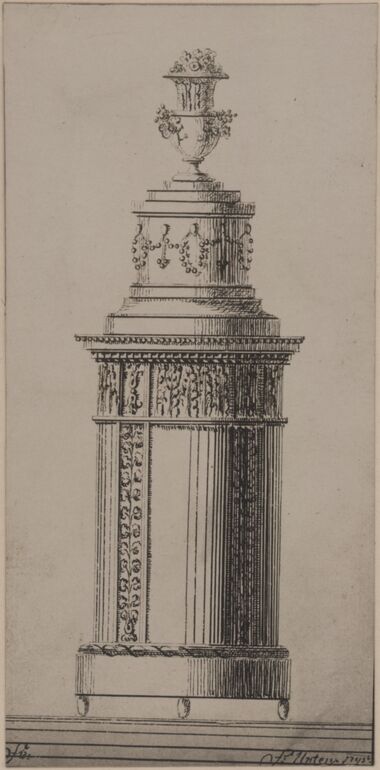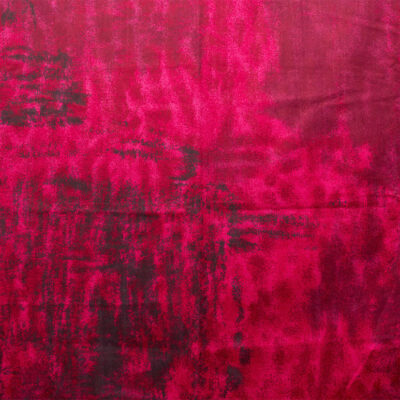Title
- Polish carpet (given title)
Collection
Production
- execution: anonymous, Safavid Empire, 1st quarter of the 17th century
Period | Style | School
Subject
Material | Technique
-
chain
: cotton , -
weft: cotton
, -
weft: silk,
-
Flor: silk,
-
brocading weft: metal thread,
Measurements
- height: 210 cm
- width: 141 cm
Inventory number
- OR 299
Acquisition
- assumption , 1907
Department
- Textiles and Carpets Collection
Description
-
From the 17th century, carpets in the Safavid Empire were increasingly produced for export to Europe and Asia. Small-sized Polonaise resp., Shah Abbas carpets like these were quite popular in the West; today there are still about 250 exemplars preserved in European and American collections,
which tells of their earlier popularity. The MAK owns six sensational silk carpets, brocaded with silver and gold, which were produced during the reign of Shah Abbas I (r. 1587–1629). He is said to have shown a lively interest in carpets and to have established court workshops. Polonaise resp., Shah Abbas carpets of the late 16th century are localized in the silk city of Kashan; in the 17th century, workshops of the new Safavid capital, Isfahan, possibly overtook production. They are distinguished by a voluminous patterning, the once lively, strong colors, whose effect is hardly imaginable today, and the silver and gold brocading.
Last update
- 24.09.2025





























